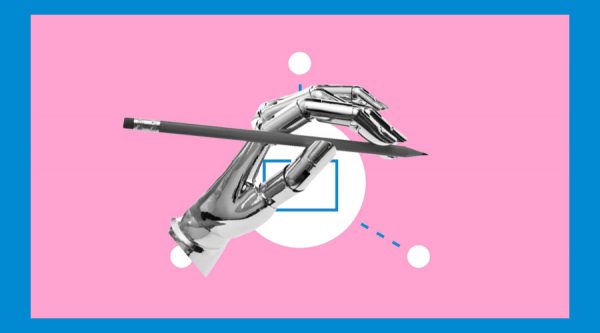An AI-written children’s book was released by Ammaar Reshi, a product design manager from the San Francisco Bay Area. When he made the decision to write the book, he was collaborating with the Open AI chatbot ChatGPT.
The accomplishment, which Reshi announced in a trending Twitter thread, is evidence of the amazing developments in AI. A heated discussion regarding the morality of AI-generated art has been reignited by the book “Alice and Sparkle.” Many contend that technology preys on artists and other creatives, utilising their labour as a source of inspiration and fostering a market for their replacement.
Using Midjourney, the book’s illustrations were produced. The illustrations produced by AI weren’t flawless. The shadowing was uneven in several places, some fingers appeared to be claws, and everything seemed to be floating. Children’s book illustrations typically go through numerous revision cycles. With AI-made art, however, especially with Midjourney, where the output is generated based on prompts, it is not conceivable.
A young girl who creates her own AI robot and teaches it to think for itself is the subject of Alice and Sparkle. Since December 4th, the author has sold roughly 70 copies on Amazon.
Today, generative AI is a very popular trend. Many artists from India and around the world are employing AI algorithms to create their works of art. Indian AI artist Riya Srivastava recently rose to fame with her works, which were based on the idea of “Sone Ki Chidiya” (The Golden Bird).
Similar to this, Tapan Aslot is an AI artist and former creative director who is exploring in this area. His work is captivating. Tapan claimed that AI gave him a large canvas on which to project his ideas.









